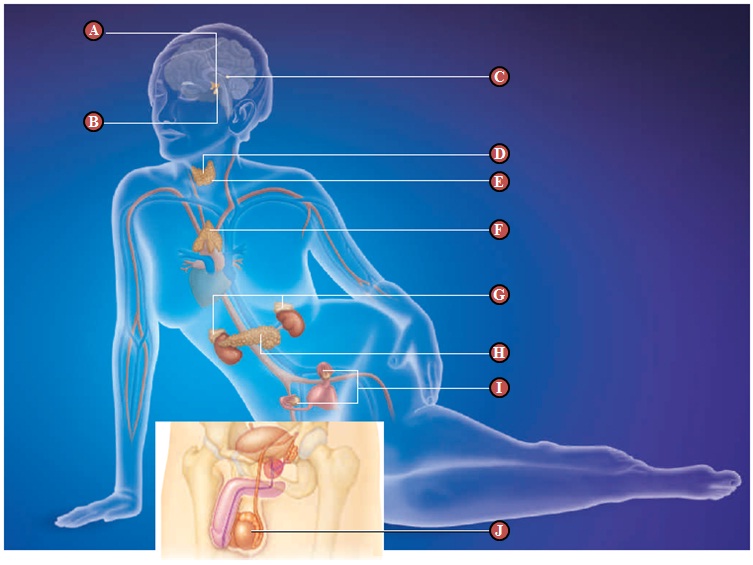
Figure 34.1 (with insert from Figure 34.14)
A. hypothalamus
B. pituitary gland
C. pineal gland
D. thyroid gland
E. parathyroid gland
F. thymus
G. adrenal glands
H. pancreas
I. ovaries
J. testes
A. 1
B. 2
C. 3
D. 4
E. 5
F. 6
G. 7
H. 8
I. 9
J. 10
You might also like to view...
Which of the following would not be an example of an omnivore?
a. an earthworm b. a sheep c. a human d. a pig e. a fish
Bacterial pathogens cause symptoms of a disease by invading host cells or by producing toxins that damage host cells
Indicate whether the statement is true or false
By the Late ____ period the Chordates had expanded to include a number of different taxa with skeletal elements such
as a rudimentary braincase. a. Permian b. Paleozoic c. Cambrian d. Jurassic e. Cretaceous
What is the function of T cytotoxic cells?
A) They induce apoptosis of target cells. B) They activate B cells. C) They phagocytize pathogens. D) They produce antibodies.